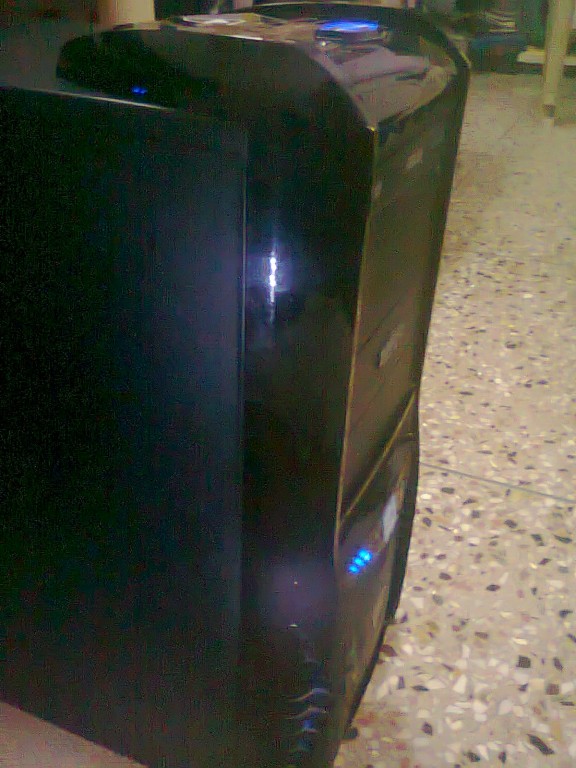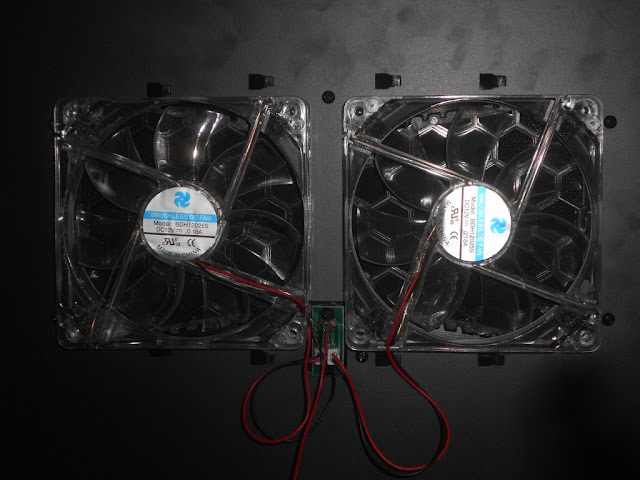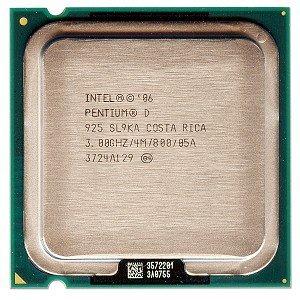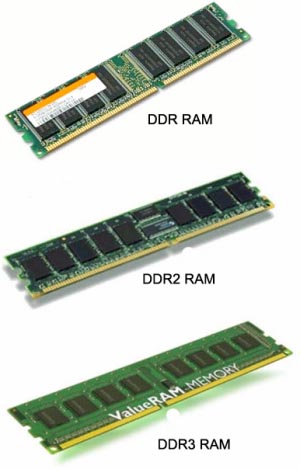Here I will be sharing my experiences on service of different brands.
* Starting of with my 1st RMA of Asus motherboard with Rashi Peripherals:
Experience is really horrible. Or I can say, Rashi is one of the worst service providers ever. They take much time
First time I went to Rashi to deposit my faulty Asus (P8H67-M EVO). It was totally dead. This one took around 2 months where as they had promised me to repair/replace it within 20 days. I had to ring 'em up every 2 days to confirm if my board had arrived or not. And everytime I was to hear the same thing "Sir, its in transist". Even I asked them to supply me a standby board till my board reached, to which they denied saying they didn't have any such boards in stock.
Second time I had to visit them (after arund 5 months) again to deposit the same to board. This time the board was having heating issues. My PC used to restart again and again with an error message "CPU Overheating" though the temps were at 50c in BIOS. Initially I thought, it was do to scorching heat that temps were high. So, I even bought CM Thermal Fusion 400 and applied. But that was in vain. So, the very next day I deposited my board for RMA. This time also they promised to repair/replace it within 20 days. But just like the previous RMA, this one also took around 2 months. I had to run to service centre many times to confirm if the board had arrived. But the good thing is that this time I managed to get a replacement. Had to call them every now and then and convince them to give me a replacement. Finally they agreed to do so, and I got my P8H67-M EVO replaced with P8H77-M PRO for Rs.500 more and fresh 3yrs warranty.
Third time experience with them was not bad. This time it was not motherboard but was a XFX 8400GS graphics card of a friend of mine. It was not working properly. So, I took the card and submitted it with Rashi. AS usual they told me it will take around 20 days.
50 days had passed. I called 'em. They denied. I called them again after 2 days and asked them to either give me a replacement within two days or issue me an Credit Note (CN). So, they asked me to visit their office to talk regarding this matter. And after visiting them they asked me to take an old 8800GT 512MB DDR3 for 3.2k more as 8400GS was currently not available. I strictly denied and asked them to issue a CN instead. They agreed and offered me a CN of Rs.1135. The card was around 2yr old and was bought for Rs.2500. So, 1.1k for a 2.5k card is not fair I can say.
Anyways, the deal was good considering a new GT-210 1GB DDR3 costs around Rs.600 more, which is much better than 8400GS and comes with 3yr warranty.
* Then comes Smartlink (Digicare).
This service centre is one of the finest I have ever experienced.
1st time: As I was not sure about the overheating issue (mentioned above) so I had also submitted my Intel i5-2400 for RMA. I thought this would take nothing less than 15 days. Even the service centre guy told the same. But I got the good news after 5-6 days. I got a call from Digicare and was asked whether to pickup the processor by self or they should courier to me instead. As the service centre is around 15-20 mins away from my house, so received it by self instead. This is a great RMA service.
The processor was not replaced as it had no fault. (fault was with mobo as discussed above).
2nd time: This time I submitted my Digisol 300N WiFi receiver with Digicare. The receiver was not detecting properly and had random disconnections. This is the fastest RMA I ever faced. They told me that I would be getting a new replacement instead but as they didn't have any stock of WiFi adapter ATM so they asked me to come the next day. And yes, I got a new replacement the very next day. Amazing RMA.
* RMA with WesternDigital (WD)
WD also provides great RMA. I just regestered a complaint against my HDD over their toll free number. And after two days a guy (from AFL courier probably) came and picked up the defective HDD from my home. The only thing I had to do was pack it in a good box. And on the 7th day I received a brand 500GB HDD (though warranty of old drive was transfered to this). Rashi should indeed learn from such great service.
* RMA with TopNotch Infotronix (Zebronics)
My Zeb. UPS was not working properly. It was not giving any backup. So, had to submit my UPS with them. For a UPS I feel they were a little slow. I should probably get the UPS the very same day. But instead it took two days. Still its ok.
* RMA with Aditya Infotech
I had bought FSP SAGA-II 500 from Aditya IT. Due to some earting problem in my house, the PSU was dead. So, I submitted it with them. Well this one too is very slow. It took around 45 days.
I even submitted it second time (after around 6 months) as it was vibrating and make loud noise. This time it took even longer. They took around 55 days.
Really irritating service.
Update: I just submitted my PSU again with them for the 4th time but still they are not taking this matter seriously.
UNDER CONSTRUCTION...
* Starting of with my 1st RMA of Asus motherboard with Rashi Peripherals:
Experience is really horrible. Or I can say, Rashi is one of the worst service providers ever. They take much time
First time I went to Rashi to deposit my faulty Asus (P8H67-M EVO). It was totally dead. This one took around 2 months where as they had promised me to repair/replace it within 20 days. I had to ring 'em up every 2 days to confirm if my board had arrived or not. And everytime I was to hear the same thing "Sir, its in transist". Even I asked them to supply me a standby board till my board reached, to which they denied saying they didn't have any such boards in stock.
Second time I had to visit them (after arund 5 months) again to deposit the same to board. This time the board was having heating issues. My PC used to restart again and again with an error message "CPU Overheating" though the temps were at 50c in BIOS. Initially I thought, it was do to scorching heat that temps were high. So, I even bought CM Thermal Fusion 400 and applied. But that was in vain. So, the very next day I deposited my board for RMA. This time also they promised to repair/replace it within 20 days. But just like the previous RMA, this one also took around 2 months. I had to run to service centre many times to confirm if the board had arrived. But the good thing is that this time I managed to get a replacement. Had to call them every now and then and convince them to give me a replacement. Finally they agreed to do so, and I got my P8H67-M EVO replaced with P8H77-M PRO for Rs.500 more and fresh 3yrs warranty.
Third time experience with them was not bad. This time it was not motherboard but was a XFX 8400GS graphics card of a friend of mine. It was not working properly. So, I took the card and submitted it with Rashi. AS usual they told me it will take around 20 days.
50 days had passed. I called 'em. They denied. I called them again after 2 days and asked them to either give me a replacement within two days or issue me an Credit Note (CN). So, they asked me to visit their office to talk regarding this matter. And after visiting them they asked me to take an old 8800GT 512MB DDR3 for 3.2k more as 8400GS was currently not available. I strictly denied and asked them to issue a CN instead. They agreed and offered me a CN of Rs.1135. The card was around 2yr old and was bought for Rs.2500. So, 1.1k for a 2.5k card is not fair I can say.
Anyways, the deal was good considering a new GT-210 1GB DDR3 costs around Rs.600 more, which is much better than 8400GS and comes with 3yr warranty.
* Then comes Smartlink (Digicare).
This service centre is one of the finest I have ever experienced.
1st time: As I was not sure about the overheating issue (mentioned above) so I had also submitted my Intel i5-2400 for RMA. I thought this would take nothing less than 15 days. Even the service centre guy told the same. But I got the good news after 5-6 days. I got a call from Digicare and was asked whether to pickup the processor by self or they should courier to me instead. As the service centre is around 15-20 mins away from my house, so received it by self instead. This is a great RMA service.
The processor was not replaced as it had no fault. (fault was with mobo as discussed above).
2nd time: This time I submitted my Digisol 300N WiFi receiver with Digicare. The receiver was not detecting properly and had random disconnections. This is the fastest RMA I ever faced. They told me that I would be getting a new replacement instead but as they didn't have any stock of WiFi adapter ATM so they asked me to come the next day. And yes, I got a new replacement the very next day. Amazing RMA.
* RMA with WesternDigital (WD)
WD also provides great RMA. I just regestered a complaint against my HDD over their toll free number. And after two days a guy (from AFL courier probably) came and picked up the defective HDD from my home. The only thing I had to do was pack it in a good box. And on the 7th day I received a brand 500GB HDD (though warranty of old drive was transfered to this). Rashi should indeed learn from such great service.
* RMA with TopNotch Infotronix (Zebronics)
My Zeb. UPS was not working properly. It was not giving any backup. So, had to submit my UPS with them. For a UPS I feel they were a little slow. I should probably get the UPS the very same day. But instead it took two days. Still its ok.
* RMA with Aditya Infotech
I had bought FSP SAGA-II 500 from Aditya IT. Due to some earting problem in my house, the PSU was dead. So, I submitted it with them. Well this one too is very slow. It took around 45 days.
I even submitted it second time (after around 6 months) as it was vibrating and make loud noise. This time it took even longer. They took around 55 days.
Really irritating service.
Update: I just submitted my PSU again with them for the 4th time but still they are not taking this matter seriously.
UNDER CONSTRUCTION...


















































